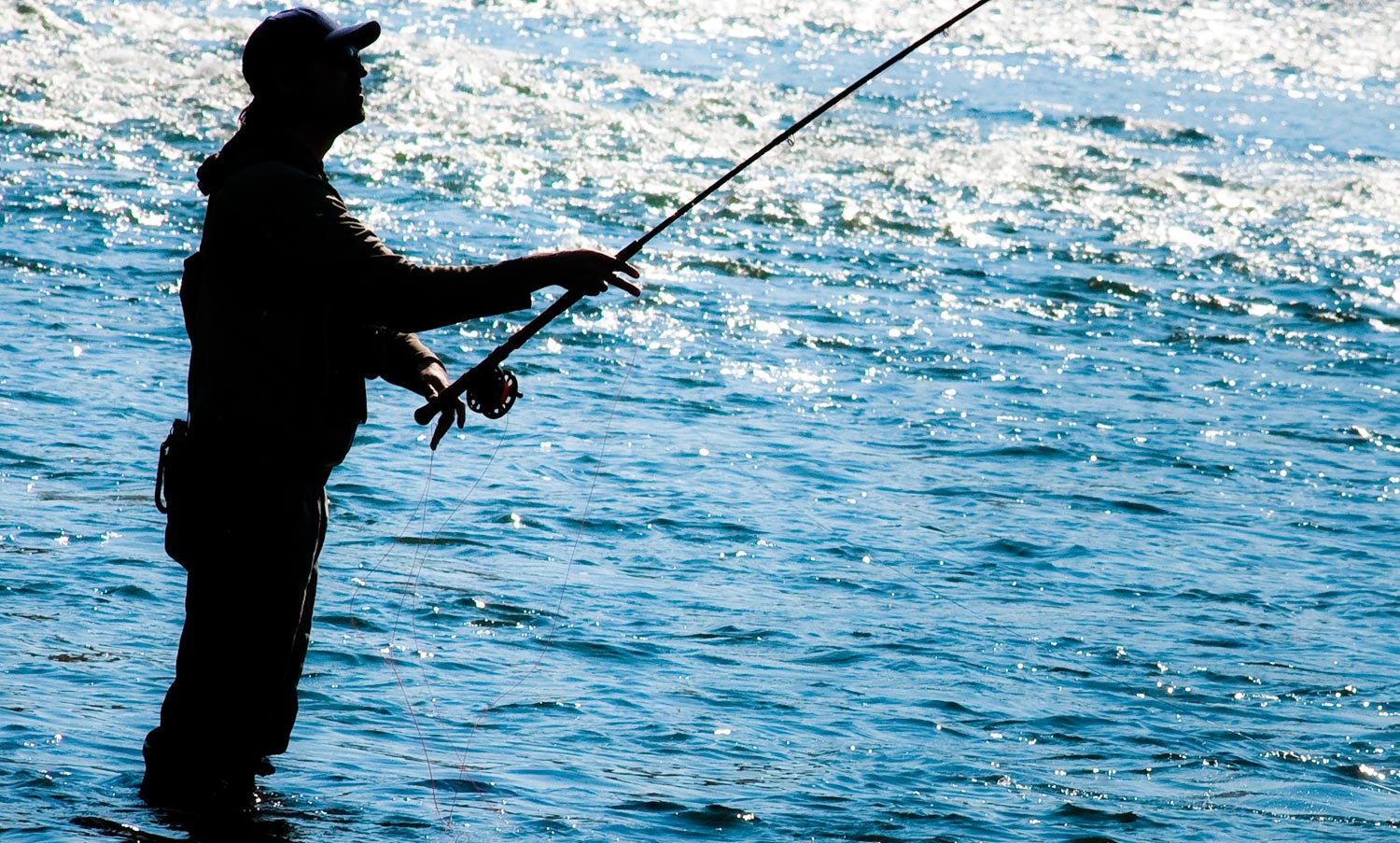All fly casting is about control and timing, not power.
This is never more true than in Spey casting. Perhaps because there are more moving parts to a Spey cast, rod and line control are crucial. This is especially challenging for the beginner whose muscle memory is only just developing. Often a cast will “break” for no reason. That is to say that, all of a sudden that double Spey you’ve been throwing all morning just doesn’t work any more. Often the reason is a loss of control.
Here’s a tip that will help those of you who are new to two-handed casting maintain control. The first step in a controlled cast is the proper grip. It’s something that doesn’t get talked about enough. Most anglers who are new to the Spey rod think of it like holding a golf club or baseball bat. A familiar tool for most of us, but the Spey rod is quite different and so is the proper grip.
Hold the rod with your finger tips. A gentle grip is all that’s necessary. Using your fingertips accomplishes two things. It keeps your arms relaxed, as you are not tempted to put a death grip on the rod. A relaxed posture is important for fluid movement. Gripping with your fingertips also engages a different set of muscles. Muscles, which are tuned to fine motor skills like writing.
The result is a casting stroke that focuses on technique rather than power. A smoother, more controlled cast loads the rod more effectively and that means a tight loop and a nice long cast that turns over as it should. The answer is right at your fingertips.
Come fish with us in the Bahamas!


Fine, but the enduring problem for me in spey & switch casting is line control of the running line. Finger loops, stripping baskets & vest hooks all cause me grief and lost time devoted to thinking/solving. Give us some tips!
Try this Al.
I like to think of the bottom hand as a ball-in-socket joint. You want the rod to be able to rotate in your hand on the sweep and if you have a death-grip on the rod it won’t.